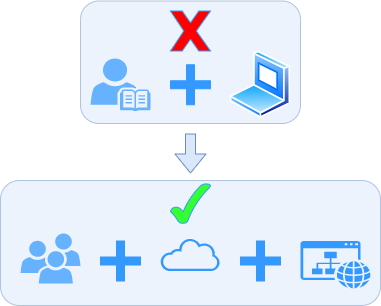Blog
Loan Monitoring: One System, Many Agencies
October 23, 2025 •Katie Janik
Loan Monitoring: Innovation in Software Platforms
October 9, 2025 •Katie Janik
Loan Monitoring: AI Predictive Insights
September 24, 2025 •Katie Janik
COVID-19 causes landlords to scramble in April 2020
April 24, 2020 •Corey West
Modeling as Pattern Recognition
May 18, 2016 •Albert Lee
What Is the Predictive Analytics Cycle?
May 5, 2016 •Albert Lee
How to Use Administrative Data for Enforcement Analytics
October 1, 2015 •Albert Lee








